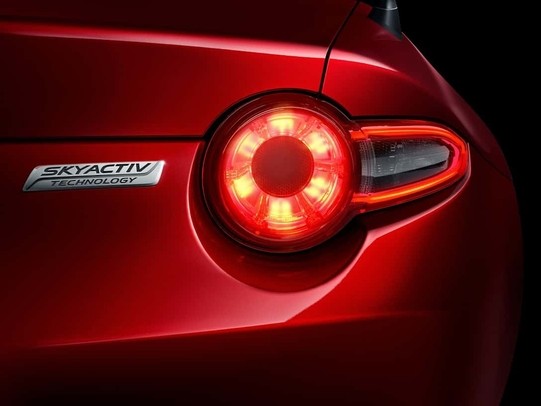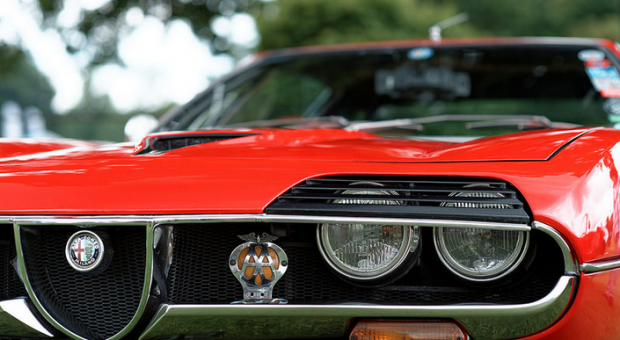
Buying a second-hand car can be a good choice if you are on a budget or looking for a specific model that is no longer available new. However, it is important to be cautious and do your research before making a purchase.
Firstly, establish a realistic budget and stick to it. Research the models you are interested in and compare prices to get an idea of what is reasonable to pay.
Secondly, check the car’s history. This can be done through services such as Carfax or AutoCheck, which provide reports on the car’s accident history, title status, and previous ownership. A car with a clean history is generally a good sign that it has been well-maintained.
Thirdly, inspect the car thoroughly. Check both the exterior and interior for any signs of damage, wear and tear, or rust. Take the car for a test drive and listen for any strange noises or vibrations. Check the brakes, suspension, and tires for wear and tear.
Fourthly, inspect the engine and transmission. Look for any leaks or signs of damage, and check the oil and other fluids. If you are not comfortable doing this yourself, take the car to a mechanic you trust for a pre-purchase inspection.
If the maintenance history shows that the car has been regularly serviced and all necessary repairs and maintenance have been carried out, it is a good sign that the car is of good quality and will be able to serve you well in the long run.
In conclusion, buying a second-hand car can be a good choice, but it is important to be careful and check as much information as possible about the car before making a purchase. Stick to a realistic budget, do your research, check the car’s history, inspect both the exterior and interior, and check the engine and transmission. If you are unsure or do not have sufficient technical knowledge, you can consult a trusted mechanic to help you make an informed decision.
















